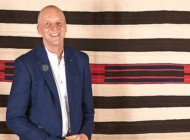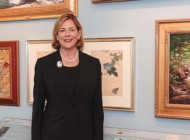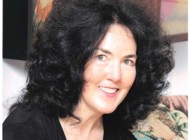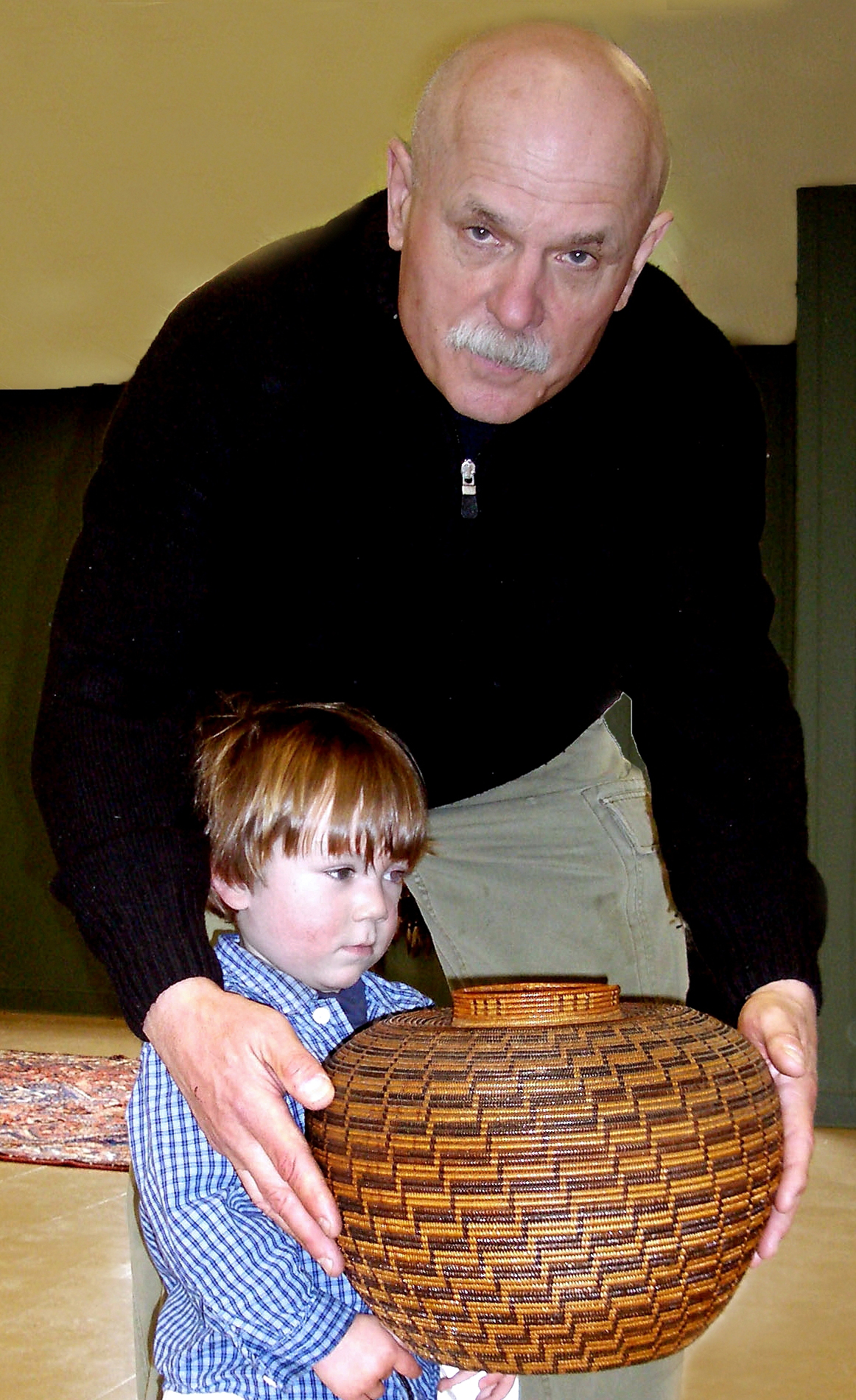
Carl Nordblom and Ellis Benjamin Carr with a Chumash basket that CRN sold for $132,250 in 2005. Carr is the grandson of auction coordinator and company co-founder Karin J. Phillips.
Carl R. Nordblom is a popular auctioneer, known for his honesty and appreciation for the needs of his customers. At the helm of CRN Auctions, Inc, in Cambridge, Mass., Nordblom considers himself both a dealer and an auctioneer. He is unusual in that he owns some of the material in his sales, conducted about three times a year.
How did you get into the antiques business?
It was in the early 1970s. I was dragged to an auction. I realized that most of the guys in the audience were buying stuff they were going to resell for a profit. I thought that was great! I had always been a gambler. I grew up betting on horses and sports. Antiques didn’t look all that different to me. So I started buying objects, mostly at auctions. Then I’d place an advertisement in the Boston Globe and people would come to my house and buy. I was buying and selling oak furniture and Victoriana then.
When did you start conducting auctions?
After going to auctions for a while, I decided I could do it better. I got some things together and did my first auction in 1973. It grossed $3,200. The first lot I sold was some Carnival glass nappies. The lot brought $3. I’d paid $6 and wondered what I was doing. I made money on the next lot, so the auction turned out ok. Then I lost my job and decided I’d try to make a living with antiques and auctions full time. It went from there. In those days I ran a sale about every six weeks.
How did your focus evolve?
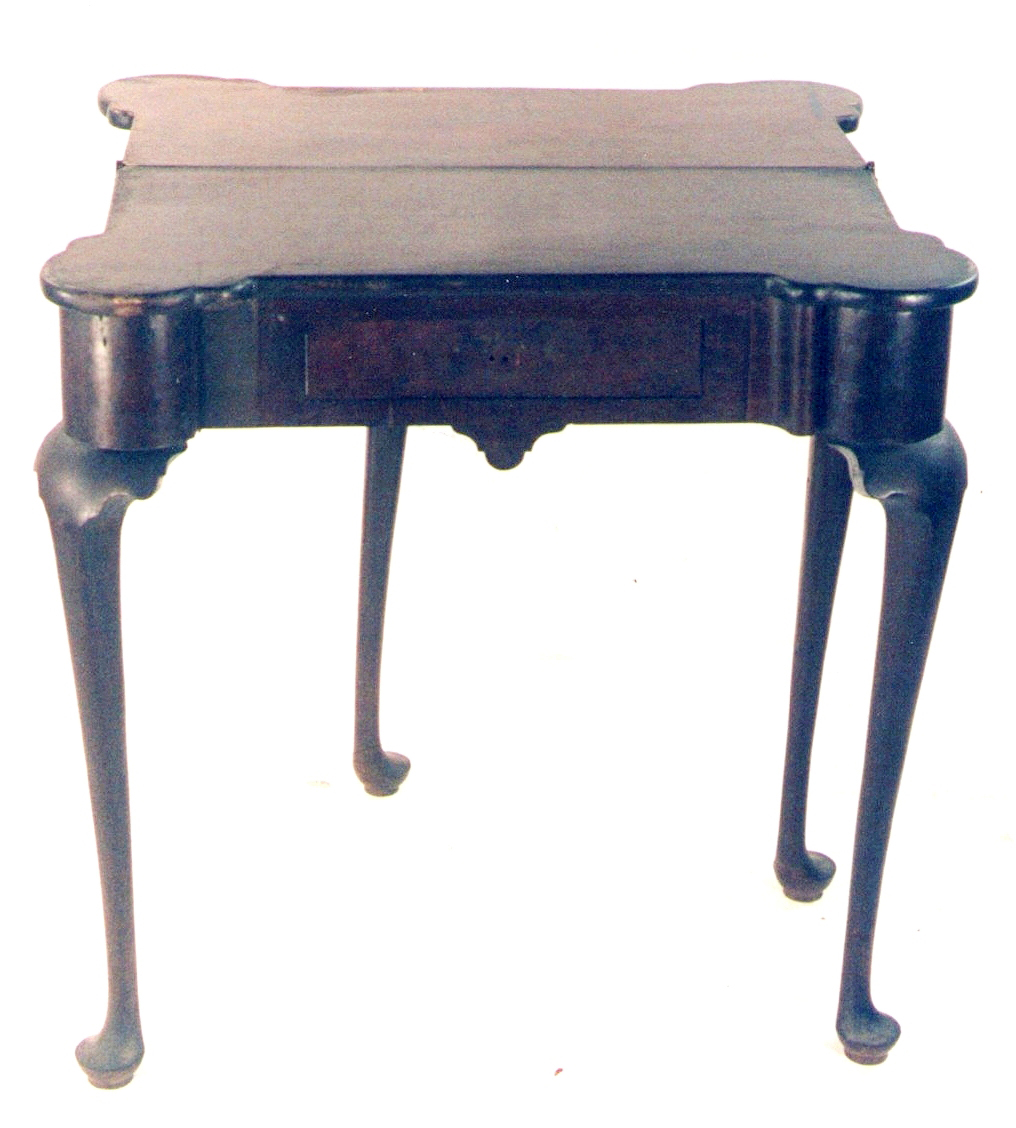
CRN’s most costly lot to date is this Boston Queen Anne mahogany card table, auctioned for $308,000 in 1998.
I saw I had to make some changes in what I was selling. I needed to broaden the type of merchandise I offered. I needed to learn about early American furniture and European and Asian antiques. I bought books and learned what I could from them. But I found the best way to learn was to buy things. The best lessons came from the mistakes I made. I learned a lot from the old-time dealers who were my customers. I still make mistakes, but not as many these days. Sometimes I do quite well. I still go to auctions, I go to as many shows as I can and I go to Brimfield three times each year. Brimfield works really well for me.
Your auctions are quite varied in their content. Is that deliberate?
You can’t be narrow. I like to think of my auctions as being eclectic. I try to include a wide variety: Asian, European, early American, Twentieth Century, fine art, ceramics, silver, etc. I love it all and that lets me buy a wide variety. I used to go to Europe three or four times a year, staying in London and going to the markets. That worked well because, obviously, the things I brought back were fresh to American buyers.
How has the internet changed your business?
We started using the internet about five years ago. I resisted it for years, but finally decided that we had to give it a try. About 30 to 35 percent of our gross sales are now online. That doesn’t include the effect that underbidders have on final selling prices. When I did my first online sale, it seemed to me that it gave that sale a 25 percent bounce. So I’m a believer now. We advertise our sales in some of the European antiques publications and that draws buyers. Some auctioneers talk about problems they have getting paid by internet buyers, but my last three sales have been 100 percent paid. Karin J. Phillips, company co-founder and the firm’s auction coordinator, personally decides whether to approve new buyers. She’s very careful. We’re not interested in having a ton of internet bidders. We want ones we know will pay.
You’re a believer in low overhead, aren’t you?
Yes, there are only three full-time people on our payroll. That includes me, Karin and our bookkeeper, Joanne Murphy. My job is pretty much to accumulate the merchandise. Joanne does all the invoicing, collections, banking, payroll and that kind of stuff. Karin does the rest. Besides approving new bidders, she’s in charge of research, cataloging, photography and pretty much everything else that needs doing. I have the easiest job of all.
—Rick Russack

